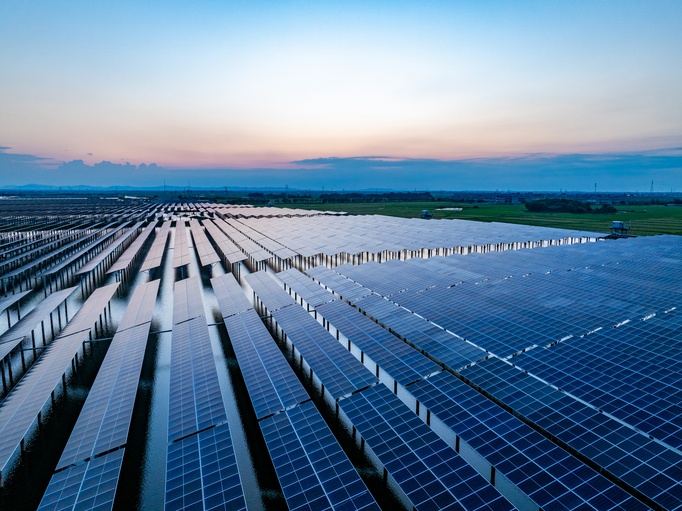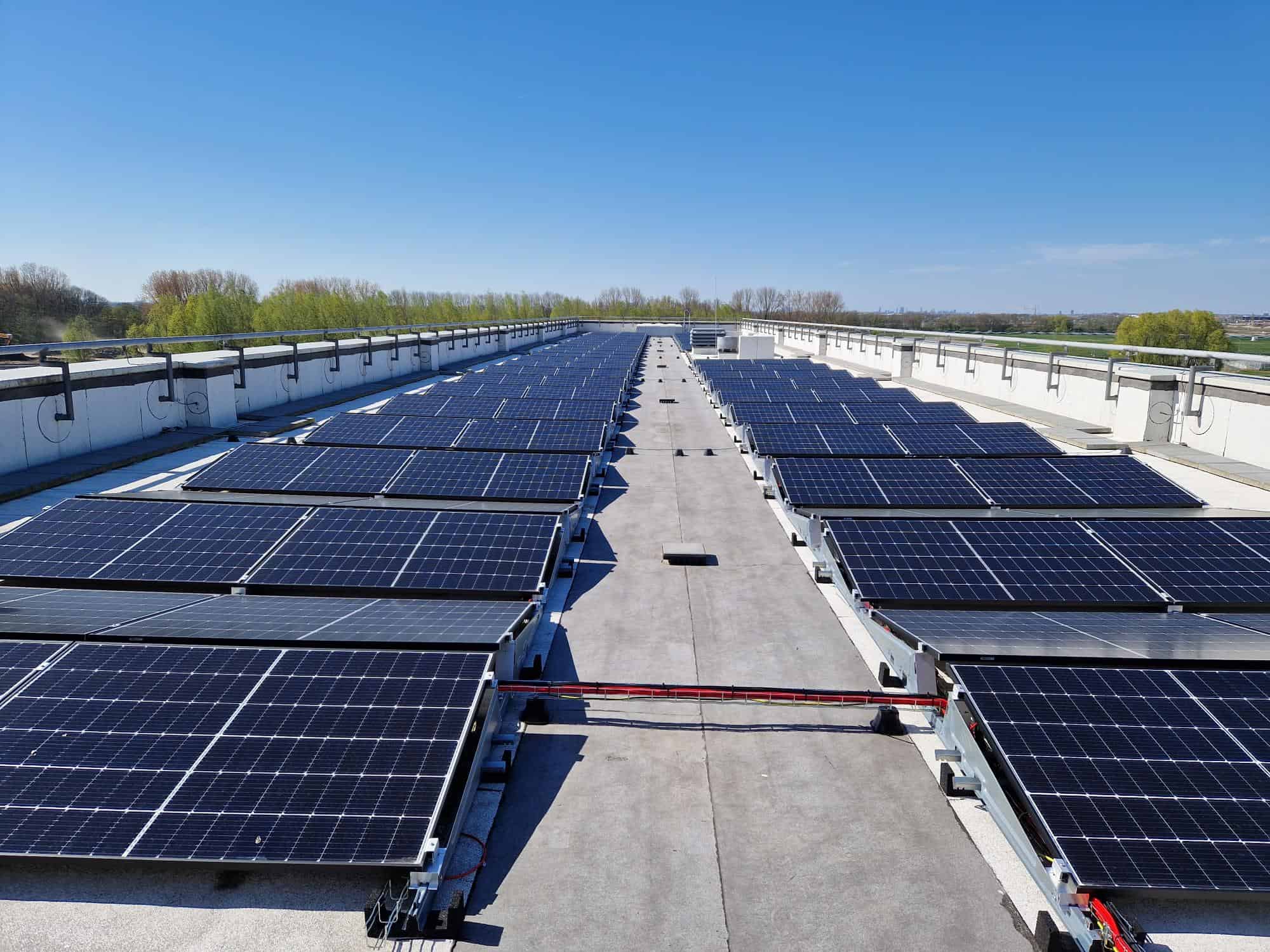Perimeter security has evolved, it’s no longer enough to just set up physical barriers and install individual cameras or alarms. Threats have become more sophisticated and physical breaches more co-ordinated, meaning organisations can’t rely on systems that operate in isolation. When time is of the essence, manual surveillance and basic systems are slow to respond and prone to human error or delayed reactions.
The security challenges of today require systems that can detect events in real time as well as interpreting and acting on them instantly. This is a vital shift from passive detection to active, intelligent protection that we’ll explore in this blog post.
What is a smart fence?
The term ‘smart fence’ describes an integrated perimeter detection solution that goes beyond simple alerts. Combining fiber optic intrusion detection, CCTV, access control and automation, this new security approach provides complete situational awareness and automated responses.
For example, a smart fence could detect an intruder climbing a boundary fence, automatically alert security teams, cue nearby CCTV cameras to pan and zoom to the exact location and initiate pre-programmed responses such as deadlocking nearby gates or triggering floodlights. What sets smart fences apart from legacy solutions is the automated decision-making loop with no need for constant human monitoring or manual validation of alarms. Events are identified, interpreted, verified and escalated (or ignored) based on intelligent criteria and decision-making.
These systems also reduce downtime and operational costs while increasing accuracy and coverage, especially in large-scale or remote installations.
How Bandweaver’s PIDS makes it possible
At the heart of a smart fencing solution is a Distributed Temperature Sensing (DAS) Perimeter Intrusion Detection System (PIDS), like our Horizon, ZoneSentry and DualSentry systems. Unlike traditional sensors, DAS turns a standard optical fiber into thousands of sensitive detection points, covering long distances with high standards of accuracy and range.
Our DAS solutions use Rayleigh-based Coherent Optical Time Domain Reflectometry technology. Compared to Raman or Brillouin technology used in other fiber sensing systems, Rayleigh provides real-time response with kHz-level sensitivity. This makes it ideal for perimeter security where every second matters. By detecting and classifying minute vibrations, DAS can differentiate between different event classifications almost instantly, drastically reducing false alarms and enhancing response efficiency.
Combining DAS with smart thresholding algorithms enables different detection sensitivities across zones. For example, a high-risk section of perimeter near an entryway may trigger a lockdown with a low threshold, while remote fence lines may be tuned to ignore minor disturbances. All of this is done by intelligent processing that feeds actionable insights to the control systems such as accurate event location, event type classifications, all of which can be tailored to the site and threat profile.
Real-time detection, real-time action
The power of our DAS systems doesn’t stop at detection, through integration with the MaxView integrated monitoring platform DAS goes beyond detection to actual protection. MaxView acts as an operational hub where all sensor data, alarms, video feeds, and access control logs are visualised in real time. Events in the system are categorised and plotted dynamically on a site map enabling immediate situational awareness. Once a perimeter disturbance is detected MaxView can automatically cue PTZ cameras to focus on the breach location, activate visual and audio alarms, notify local teams or central command, interface with access control systems to trigger door locks or security gates.
Integration is the key to smart protection, MaxView communicates seamlessly with third-party systems such as PSIM, VMS and SMS to ensure smart fences become part of a unified, layered defence system. DAS systems generate large volumes of high-frequency data which MaxView is designed to handle efficiently, interpreting and storing data constantly to only surface what’s relevant to operators in real time.
The real-world applications
Smart fences are perfect for application in high-value and high-risk sectors such as critical national infrastructure (airports, utilities, energy sites), military facilities and border control zones where wide-area surveillance is essential, data centres and logistics hubs where intrusions cause operational or reputational damage. With several systems, placement of the fiber optic cable can be suited to each application whether that’s mounted, buried or integrated into fences, it’s highly adaptable to work for the infrastructure.
Future-proofing your perimeter security
The security threats of tomorrow, from drone-drops to coordinated physical breaches, will require even more responsive, data-driven systems. Our perimeter intrusion detection systems are built with open architecture and modular scalability to allow for easy integration of future technologies or AI-based video analytics.
With cloud-based access, a user-friendly interface, and minimal hardware requirements, MaxView is also designed to support multi-site deployments to ensure operators always have centralised visibility and control. The result is not just a fence, but an intelligent, proactive perimeter defence system that evolves with your operational and regulatory landscape.
Ready to take perimeter security to the next level?
Discover how Bandweaver’s intelligent fiber optic systems and integrated monitoring platforms can transform your site into a fully automated, proactive defence network, here.




